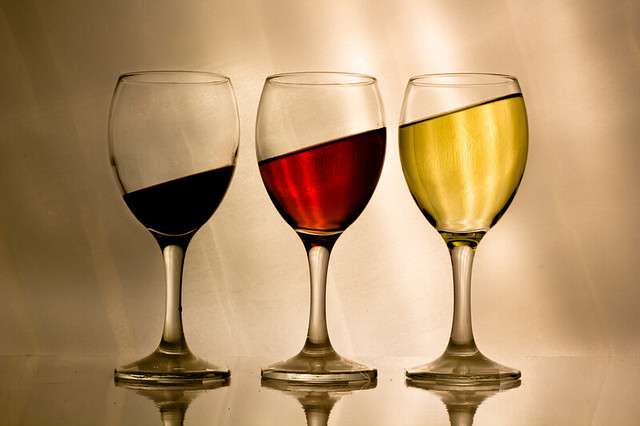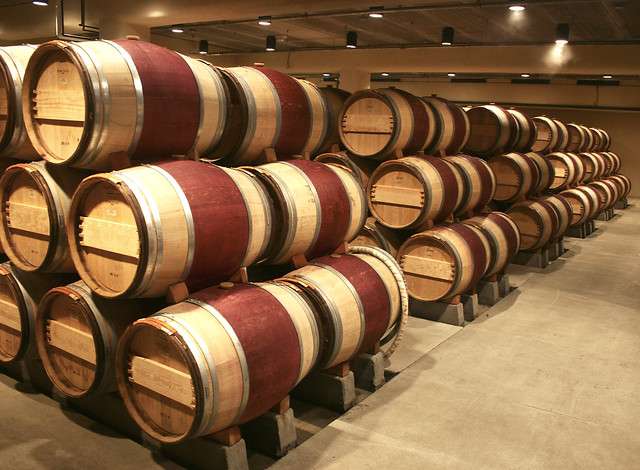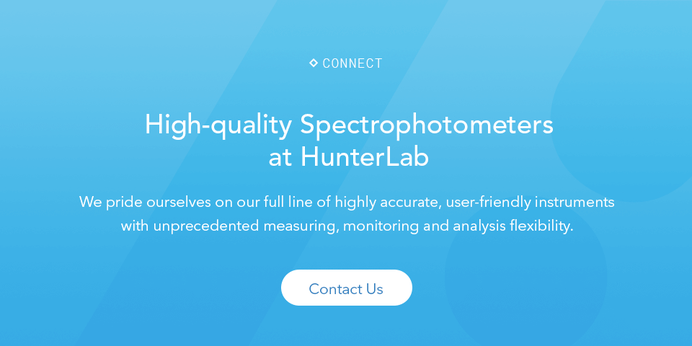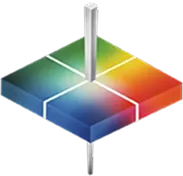
Cooking for a crowd is definitely my forte, but choosing a good wine to accompany my dishes has always been a challenge. Fine wine connoisseurs know the difference between cheap wine and quality vino, but for most individuals, it is hard to tell just by looking at a label or a price tag. Taste, aroma, and appearance are all indicators of quality wines, but many producers use a wine color additive or various chemicals to enhance the appearance and give a false perception of quality. Nearly all wine producers these days are turning to color enhancement to promote quality and even alter the taste perception of their wines. Color technology is a simple and effective tool for monitoring the integrity of wine and can reveal the hidden secrets of using a wine color additive to improve quality and increase the price.

Wine color greatly affects the quality and taste perception of fine wines. Spectrophotometers offer a simple and effective way to ensure desired results in final color and quality. Image Source: Flickr user Kimery Davis



